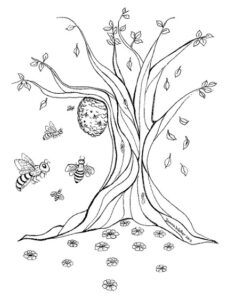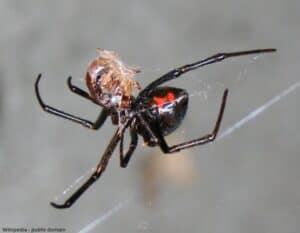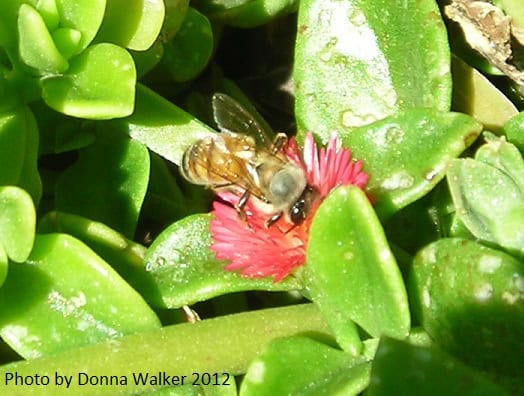
Beekeeping in Ancient Egypt
The earliest methods of beekeeping (apiculture) are recorded on the walls of ancient Egyptian tombs. Sugar was unknown in the region and Egyptians had to rely on honey to sweeten their breads, cakes, beer, and wine. Egyptians captured wild bees and created hives out of baskets made from reeds. The reliefs from Egyptian tombs show hives stacked on top of one another, similar to today´s beekeeping practices. Beekeeping was a migratory occupation; Egyptian Beekeepers loaded the basket hives onto small boats that sailed along the Nile in search of blooming flowers.
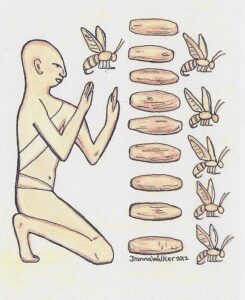
The bee was considered sacred by early Egyptians and often regarded as a symbol of resurrection. In Egyptian mythology the Sun God, Ra, created the honey bee from his tears. The bee, representing the word bit – meaning “bee” or “honey” in hieroglyphics, was used as a prefix to the throne name of Egyptian rulers. Bee stood for “He of the Bee” or “King of Lower Egypt.”
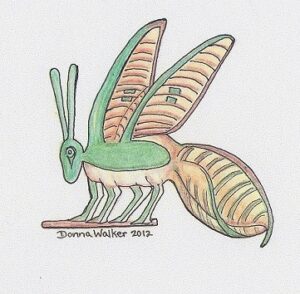
For centuries, other cultures besides the Egyptians practiced the art of beekeeping but the period documented in cave paintings was a time of honey hunting, rather than beekeeping. Honey hunting for wild bee hives is still practiced today in many countries, including the U.S.
Introduction of the European Honey Bee
You may have heard that if it were not for honey bees, flowers wouldn´t bloom, trees wouldn´t bear fruit and many other plants would disappear…… not necessarily; the honeybee wasn´t introduced to North America until the 17th Century with the arrival of Spanish and European settlers. These early settlers were able to grow their familiar crops for many years before the honey bee finally made its way to this continent. During that period, there were already an abundance of flowers, fruits, and vegetables — but no honey bees. This is because native insects and wild bees handled the task of pollination. Then in the early 1600´s, the honey bee was brought to North America for honey production and beekeeping became a profitable occupation.
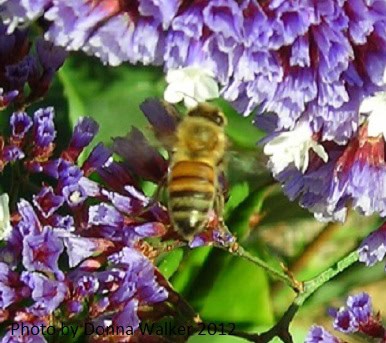
“White Man´s Fly” Native Americans and the European Honey Bee
Native Americans called the honey bee “White Man´s Fly.” Before the European honey bee, indigenous people collected honey from the nests of wild bees by using smoke to confuse the bees, then cracked open the hives to get to the honeycomb. When beekeeping was introduced to North America, the Cherokees, once they saw how bees could be induced to “work” for them, were one of the first tribes to begin practicing the art of beekeeping.
Drawing of Wild Bee Hive
Bee Space – The New Beekeeping
In the mid-1800´s, Lorenzo Langstroth, a descendant of Yorkshire immigrants, created a rectangular bee box with removable wooden frames so beekeepers could inspect, and even remove, honey from the honeycomb. This type of box kept beekeepers from disturbing and destroying the hives when it came time to collect the honey. Langstroth´s discovery of “Bee Space” (leaving enough space between the wooden frames), mimics the natural space in the shallow chambers of a hive. In leaving just the right amount of space, the bees refrain from covering this area with wax. The wooden frames containing honeycomb could then easily be lifted out from above the hive. This new knowledge of bee space revolutionized the business of beekeeping and Langstroth´s method of removable frames continues to this day. North America gained not only an increase in honey production but a way for farmers to pollinate large crops.
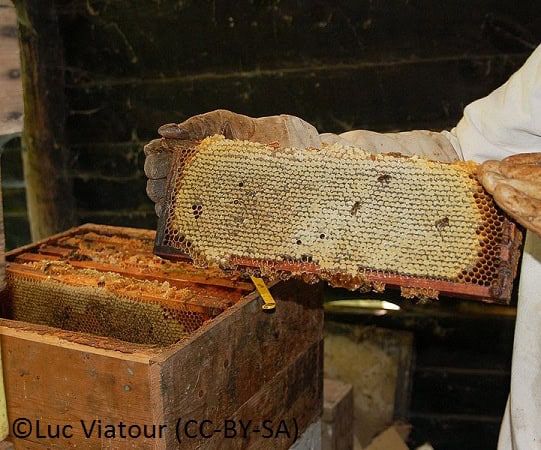
Wild Bees vs. the Domesticated Bee
As farming increased, North American farmers began to rely on the domesticated honey bee for pollination. Farmers today seem to forget that pollinated crops already existed before the European honey bee was introduced to America. Before the 1950´s, farmers grew a variety of crops in one area which complimented the wild bee´s natural habitat (most wild bees nest directly in the ground in thick grass, soil, and wood — rarely in hives) but then farmers began planting monoculture fields (single crops), devoid of natural vegetation needed for wild bees to build their nests.
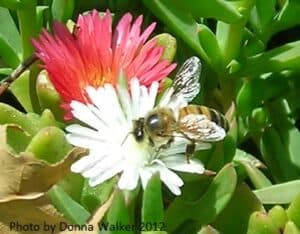
In an article by National Geographic, it indicates the recent decline in the population of domesticated honey bees is due to an infestation of mites (which doesn´t seem to affect wild bees). Steps are currently being taken by some farmers to allow for wild vegetation to grow between fields, thereby encouraging native and feral honey bees to thrive and help pollinate America´s food crops.
Beekeeping Today
Beekeeping was once for the very few (and brave) but in recent years beekeeping has become an art for many individuals. As we continue in the 21st Century, beekeepers are attending networking groups such as “Beekeeping Societies,” and “Beekeeping Meetups.” Although beekeeping today is much more efficient and productive than in Langstroth´s time, one thing these modern beekeepers have in common with beekeepers of the mid-1800’s is Langstroth´s discovery of bee space and the design of his hive, based on this space. Because the honeycomb is removed without disturbing the hive or its queen, more honey can be produced to line our shelves and sweeten our food and drinks.
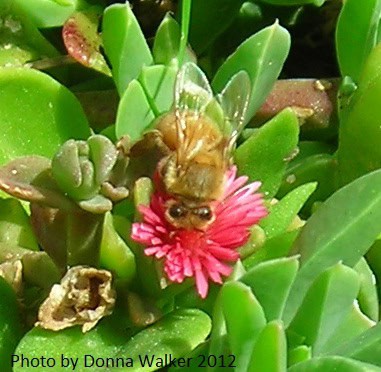
Coming Soon…..
“Career Changes for bees and the role of the drone `woe to the drone´ ” “The benefits of honey” and “How to keep bees from choosing your casa for their casa.”
Article and Art by Donna Walker
Special permission was obtained for the Langstroth hive photo by Luc Viatour
Note: Hearts Pest Management understands the essential role of the honey bee and does its utmost to respect the bee while keeping in mind the safety of home and family.
Honey Bee References
Ransome, Hilda M., The Sacred Bee in Ancient Times and Folklore, George Allen & Unwin, London, 1937; Dover edition, 2004.
Dandant & Sons, Inc., The Hive and the Honey Bee, Revised Edition, Publishers of the American Bee Journal, Bookcrafters, Chelsea, Michigan, 2000
Roach, John, Can Wild Bees Take Sting From Honeybee Decline? National Geographic News October 20, 2004
Bowie, Sharon, Beekeeping, its Beginnings, and Early Uses, Knox County Beekeepers Association, Tennessee, 2002
